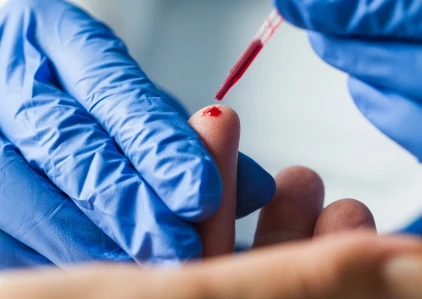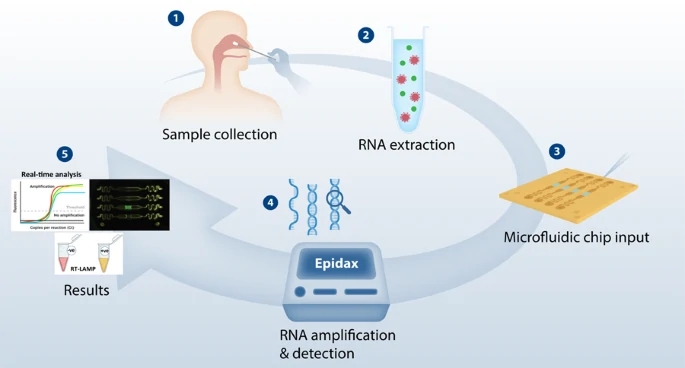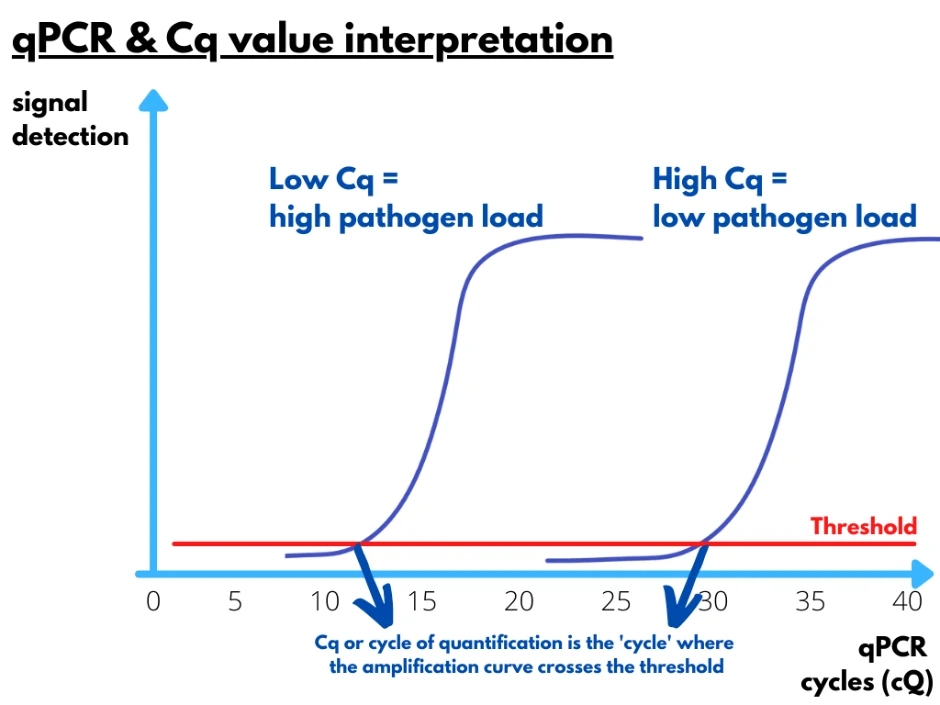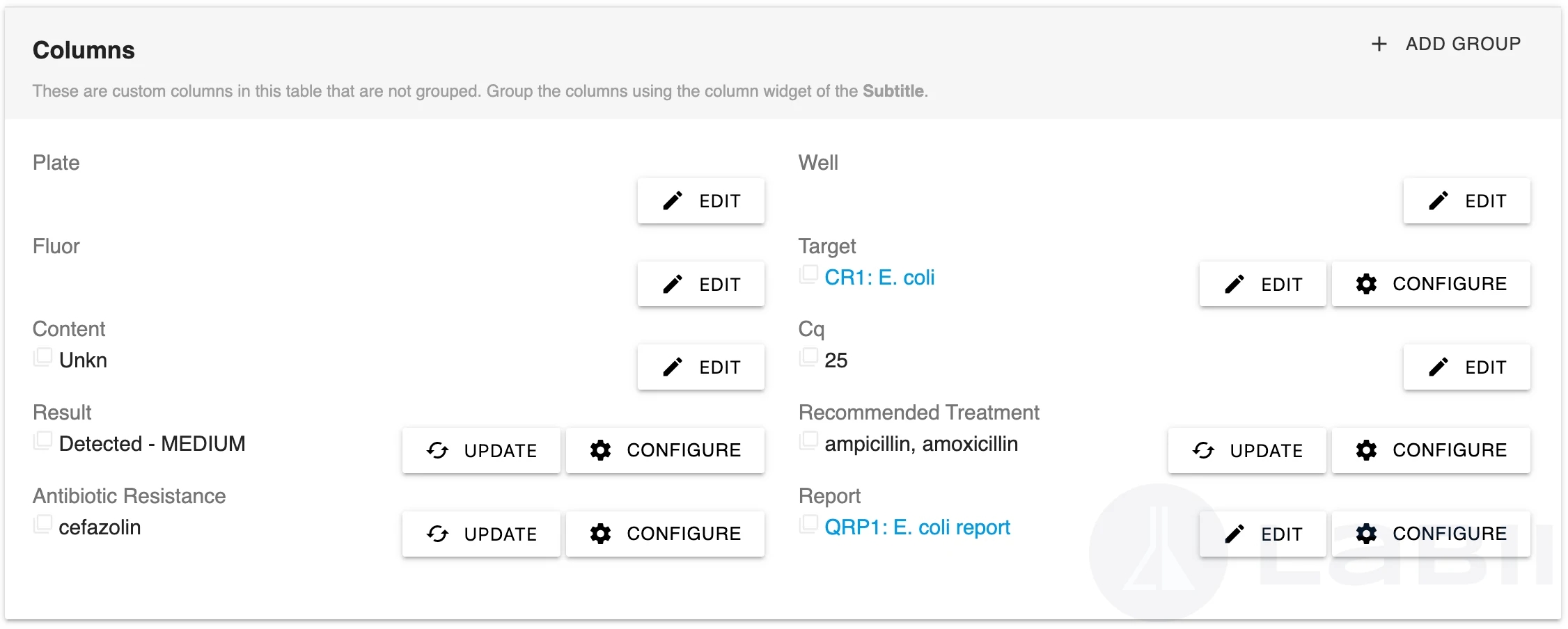2022-10-11 Utilize Labii LIMS For Diagnostic Testing
2022-10-11
What is diagnostic testing?
Often, diagnostic tests are used to examine a specific concern in order to determine whether it is caused by disease or not. They are also often used to diagnose conditions in patients with symptoms or asymptomatic patients with a positive screening test. Doctors use diagnostic tests to create effective treatment plans to ensure patients recover quickly and with the least amount of complications possible.

There are usually three types of diagnostic testing.
Biopsy
A biopsy is the removal of a sample of tissue from the body for examination and testing. It can be done on any part of the body. Usually, a biopsy is performed to determine whether a lump is cancerous.
Laboratory Tests
Most likely, you have had a laboratory test during a routine medical check-up. Lab technicians analyze a sample of your blood, urine or body tissue to determine whether your results are within the normal range of results. A doctor can use it to diagnose medical conditions, plan or evaluate treatment, and monitor diseases.
Laparoscopy
The procedure often done to investigate issues in the abdomen or a woman’s reproductive system is called laparoscopy. During this surgery, a thin tube called a laparoscope is inserted into the abdomen through a small incision. Using a video monitor, the surgeon is able to see inside the patient's body without causing major trauma. The tube contains a camera that sends images to a video monitor. When patients experience abdominal symptoms, laparoscopic surgery may be used to diagnose tumors, blockages, unexplained bleeding, and infections. It may also be used to diagnose and/or treat conditions such as endometriosis and pelvic prolapse in women.
Diagnostic testing with RT-PCR
PCR (polymerase chain reaction) tests are fast, highly accurate methods of diagnosing infectious diseases and genetic changes. They work by detecting DNA and RNA from a pathogen (disease-causing organism) or abnormal cells.

It is possible to detect disease in the earliest stages of infection with PCR tests, unlike many other tests. Your body may not develop an antibody response to early signs of disease if there are too few viruses, bacteria, or other pathogens in the sample, or if you have not had enough time to test for them. When your body has only a small amount of pathogens in it, PCR tests can detect disease. Antibodies are proteins made by the immune system to attack foreign substances, such as viruses and bacteria.
PCR tests involve copying a small amount of genetic material from a sample multiple times. This process is called amplification. If pathogens are present in the sample, amplification makes them more visible.
PCR assays detect positive reactions by the accumulation of fluorescent signals. The Ct (cycle threshold) is defined as the number of cycles required to get the fluorescent signal to cross the threshold (i.e. exceed background level). WVDL real-time assays undergo 40 cycles of amplification, and Ct levels are inversely proportional to the amount of target nucleic acid in the sample (i.e. lower Ct levels indicate greater target nucleic acid levels).
Cts smaller than 29 are strong positive reactions indicative of abundant target nucleic acid in the sample Cts of 30-37 are positive reactions indicative of moderate levels of target nucleic acid Cts of 38-40 are weak reactions indicative of minimal levels of target nucleic acid which may indicate infection or contamination by the environment.
Utilize Labii LIMS for diagnostic testing
Labii can be used as a LIMS for documenting qPCR Cq values and calculating test results.

A table (qPCR CT Ranges) is included with Labii to document the threshold for all pathogens requiring detection. qPCR CT Ranges is the range of threshold values for RT-PCR cycles indicating whether a pathogen can be detected.
A table (qPCR Cq) is included for documenting the quantification cycle (Cq). Cq values can be imported in batch for quick data documentation. For each Cq value, Labii can calculate the pathogen loads automatically based on the high, medium, and low Ct thresholds.
Lastly, You can generate a diagnostic testing report instantly for a patient or client based on the diagnostic testing results. You can customize the report as you need, and you can also save the template for use in the future.
Steps to perform diagnostic testing in Labii
Please refer to Labii documentation for the detailed steps.

Configure the Labii to install the application of Diagnostic testing. In order to use the Diagnostic testing functions in Labii, you must first install the Diagnostic testing application.
Prepare thresholds. In order to analyze or predict pathogen loads, thresholds or Ct ranges must first be created. It is only necessary to prepare threshold data once.
Import Cq values. You can import Cq values into Labii after preparing the threshold.
Generate reports. You can start generating reports once the analysis is complete
Values of Labii LIMS for diagnostic testing
Rather than spending hours on tedious data entry, you can generate results in seconds.
Getting more accurate results can be achieved by removing human errors.
It is easy to update and scale with a variety of thresholds and machines. Irrespective of whether you perform the testing for one plate or thousands of samples on hundreds of plates, Labii can handle all the documentation and perform detection analysis easily.
Summary
Labii can be used as a LIMS for documenting qPCR Cq values and calculating test results.
To learn more, schedule a meeting with Labii representatives (https://call.skd.labii.com) or create an account (https://www.labii.com/signup/) to try it out yourself.
Last updated
Was this helpful?